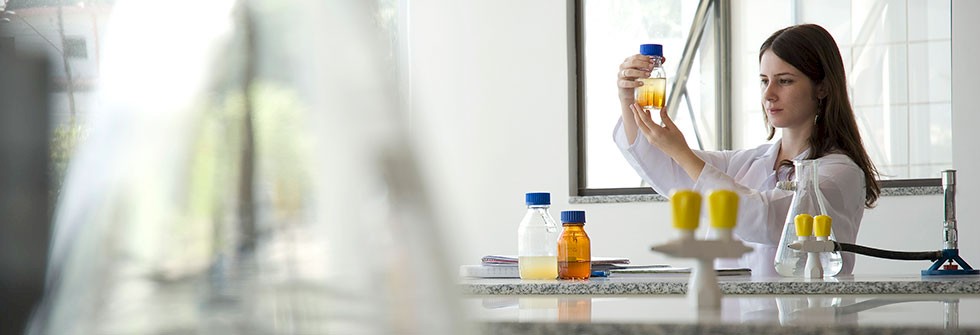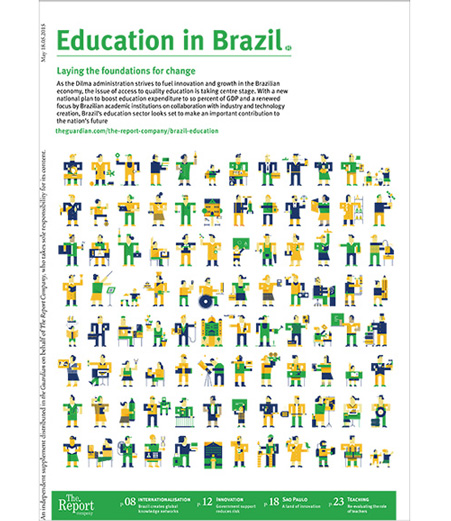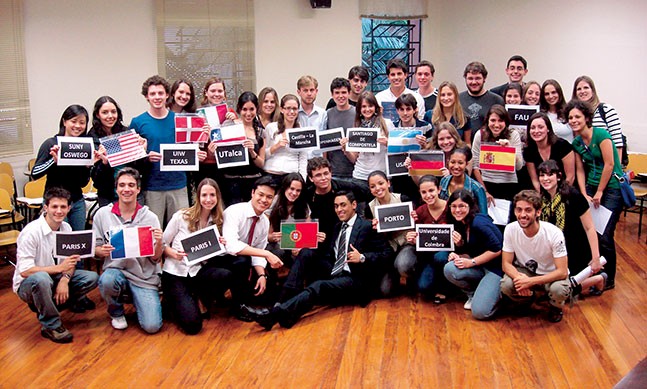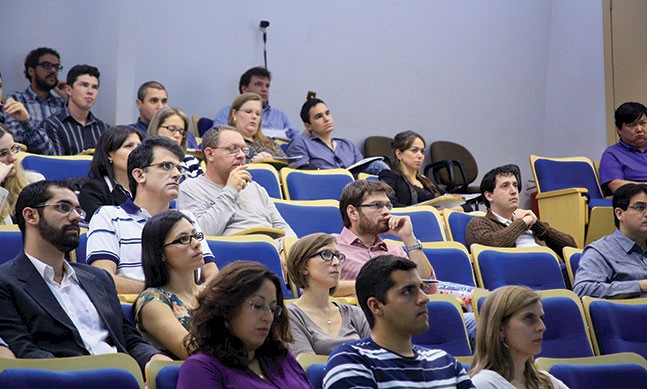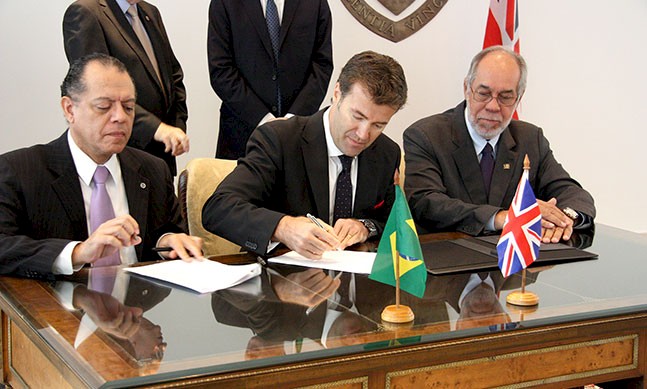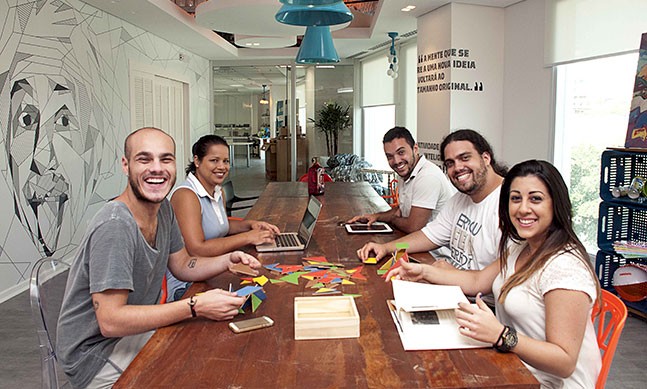The distance between academic research and the productive sector has traditionally been great, but tools are gradually being introduced to help bring the two closer together
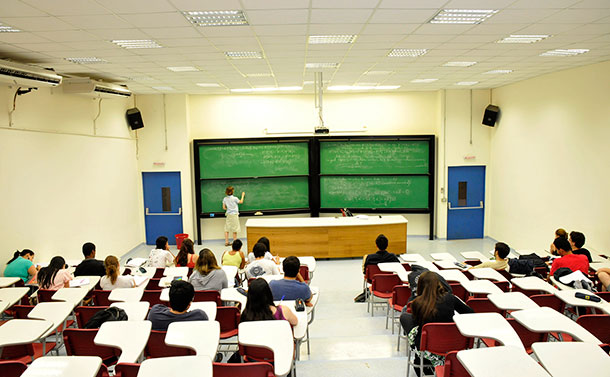 Unicamp classroom
Unicamp classroom
Pure academic research may be confined to laboratories, but the product of that labour inevitably needs to find its way to the productive sector in order to bear economic fruit. This relationship has not always been an easy one, but it is finally being tackled not only by universities, but government agencies too.
One example of the new links being forged between academia and industry is the research partnership between the Alberto Luiz Coimbra Institute for Graduate Studies and Research in Engineering, or Coppe, with state oil company Petrobras. In its dozens of gleaming new labs, projects with companies like Shell and OAS are showing the way forward. Part of a growing trend among Brazilian universities like Unesp is the creation of innovation agencies that are showing that research is finally proving profitable. Meanwhile, Sao Paulo’s Mackenzie university is investing in a brand new centre in the city dedicated to graphene. In conjunction with the University of Singapore, the potential of the miracle material to change the future of electronics has made it the focus of huge investment and a new style of inter-university partnership.
“We have to ask the private sector what it needs so that its demands and our research mission are aligned”
Hernan Chaimovich President of CNPq
Tweet ThisUnicamp’s own agency has provided the tools to allow innovation to thrive, and 15 percent of patents registered in Brazil today come from the Campinas-based university. As the city has developed into a Brazilian version of Silicon Valley, the university has taken up the role of nurturing start-ups, acting as something of an incubator and in turn attracting multinationals keen to keep a close watch on the region.
That a university leads the way shows the reluctance of Brazil’s productive sector to invest in innovation, as a result of the country’s infamous bureaucracy often rendering patents obsolete before having a chance to be fully developed. It is an issue that has led Coppe to create Coppetec and Embrapa to create Embrapatec. These entities act as a bridge to, and facilitate the signing of contracts with, the productive sector in Brazil and overseas with the speed that success demands. That added efficiency allows Coppe, and by extension the Rio Federal University, to concentrate on research and innovation and brings a previously unattainable fluidity to what had been an uneasy relationship.
Research investment brings concrete results
With the help of international companies, Brazil is witnessing strong growth in the number of patents being filed each year, indicating a healthy research environment.
US$2.65 billion
The amount that Brazilian companies invested in research and development last year
52%
The proportion of those investments currently spent on product innovation.
62%
The predicted level of investments going to be spent on services innovation in ten years’ time.
26,000
The average number of patent requests per year in Brazil. Around 10 percent are usually granted.


